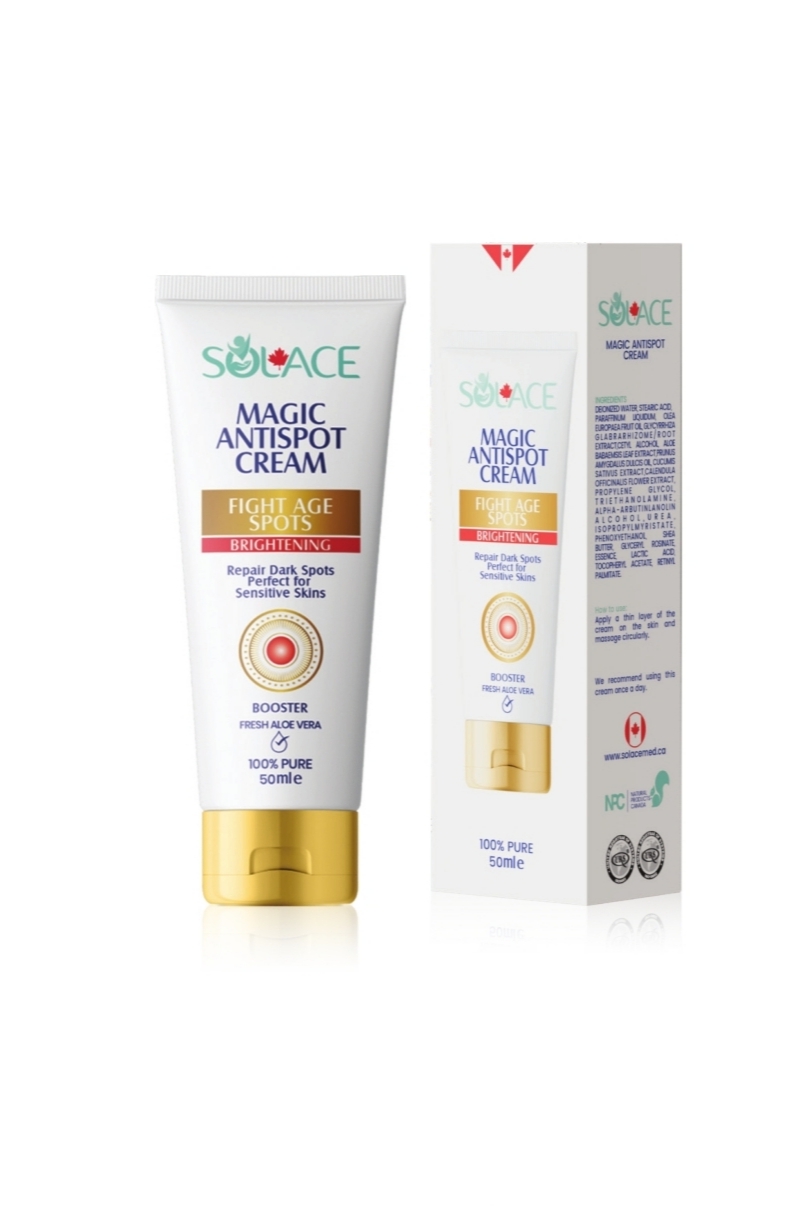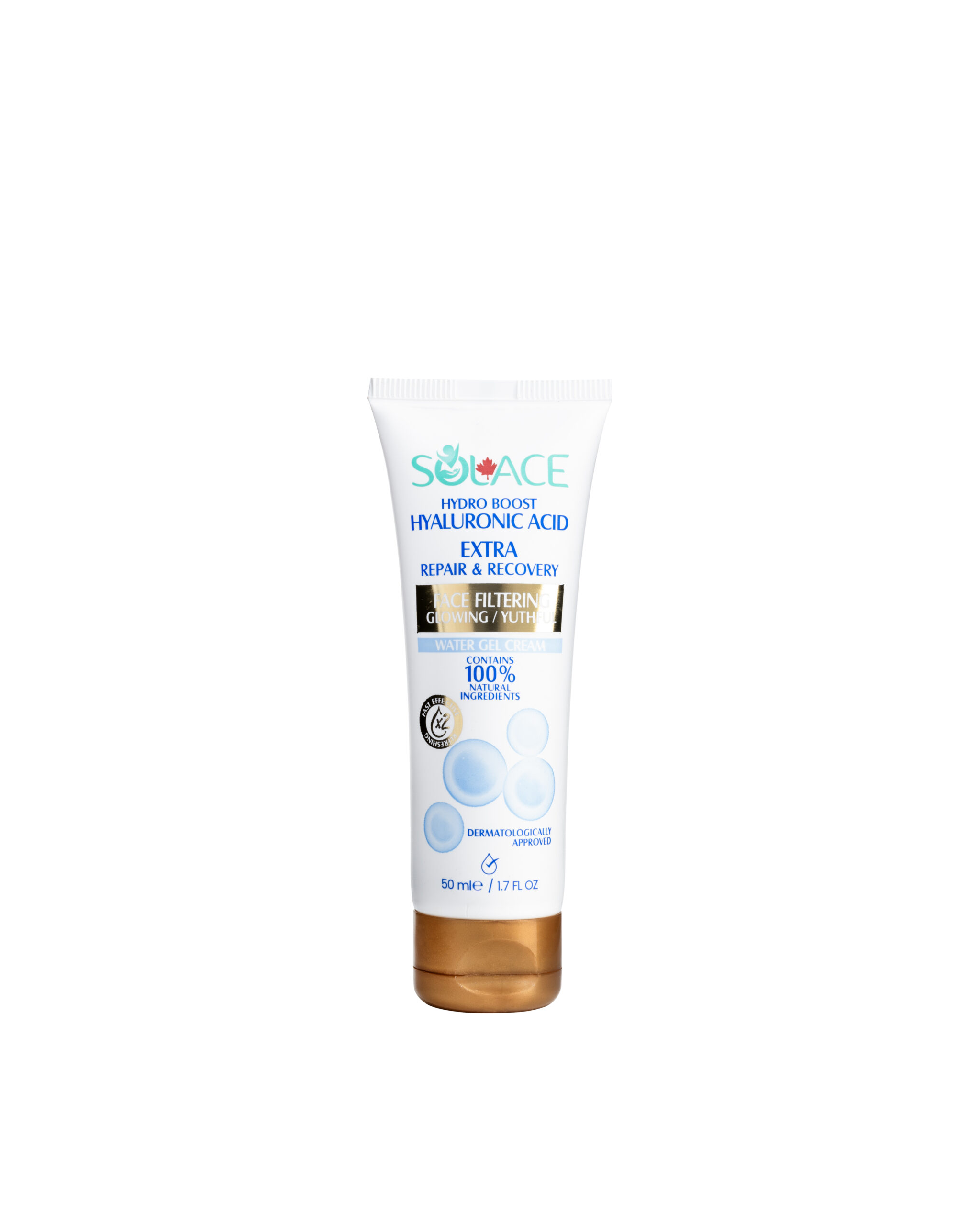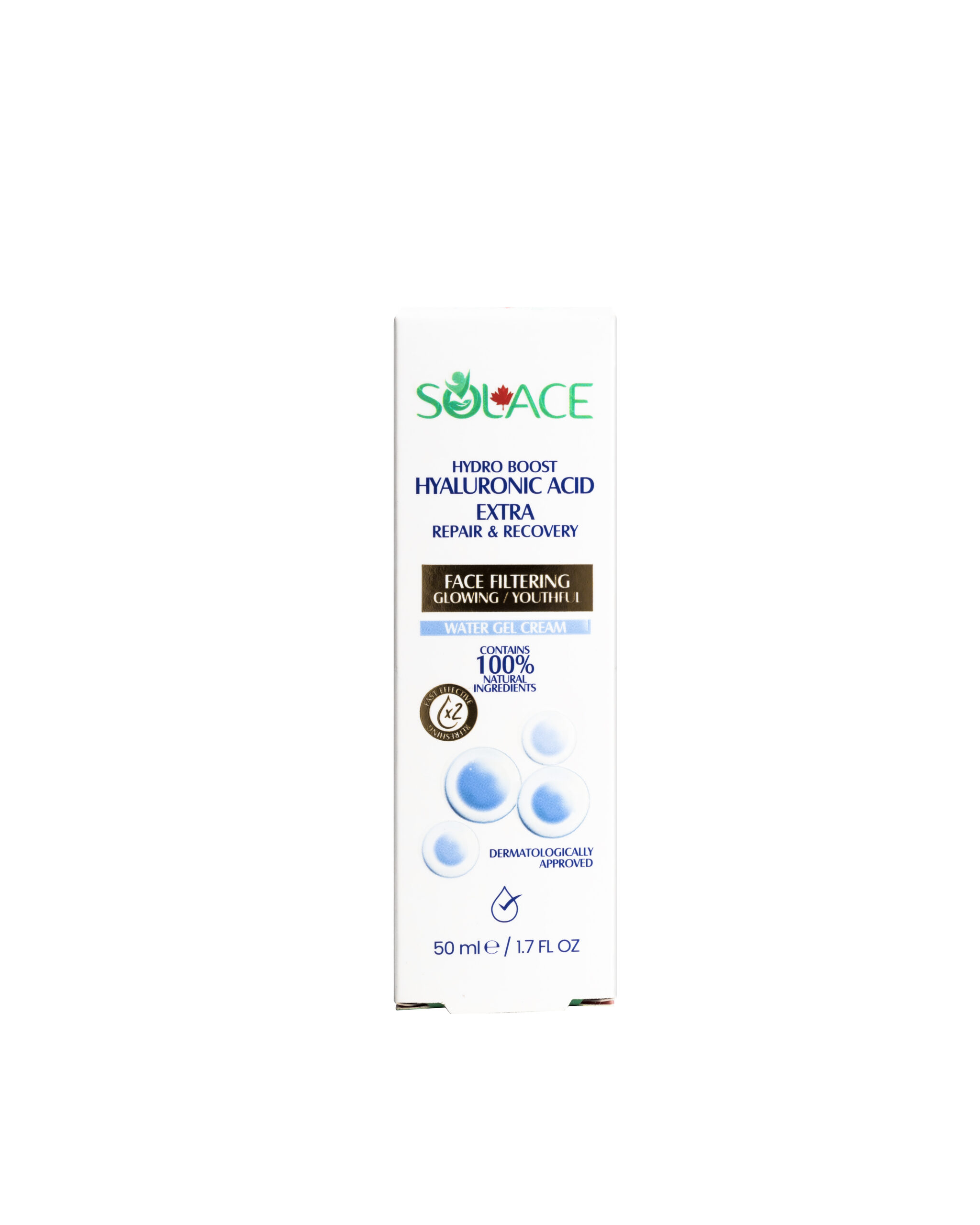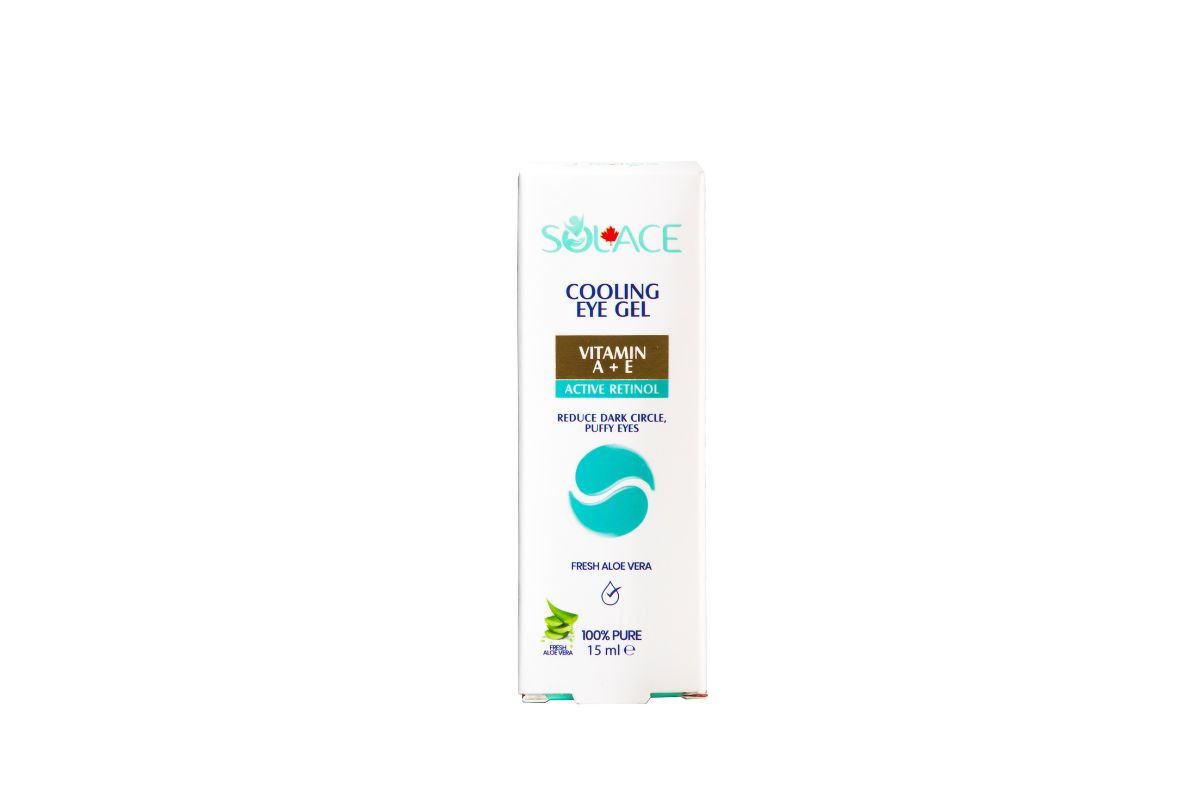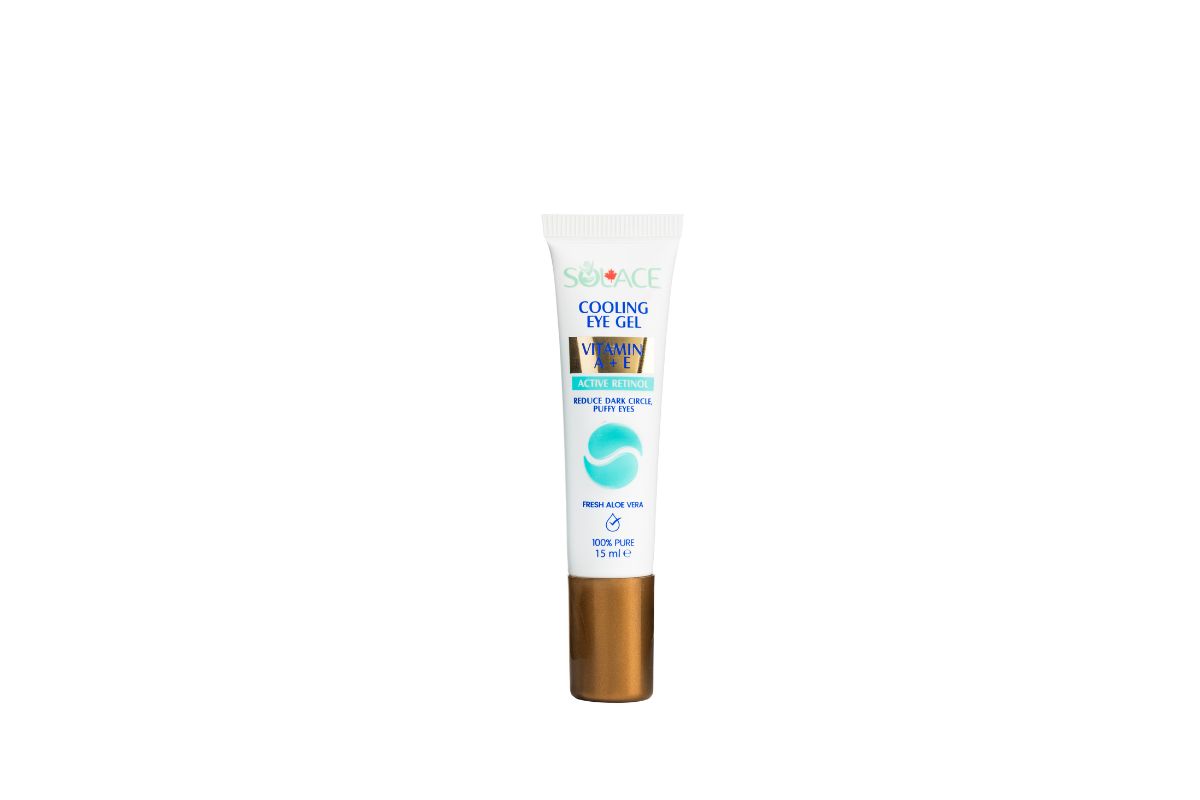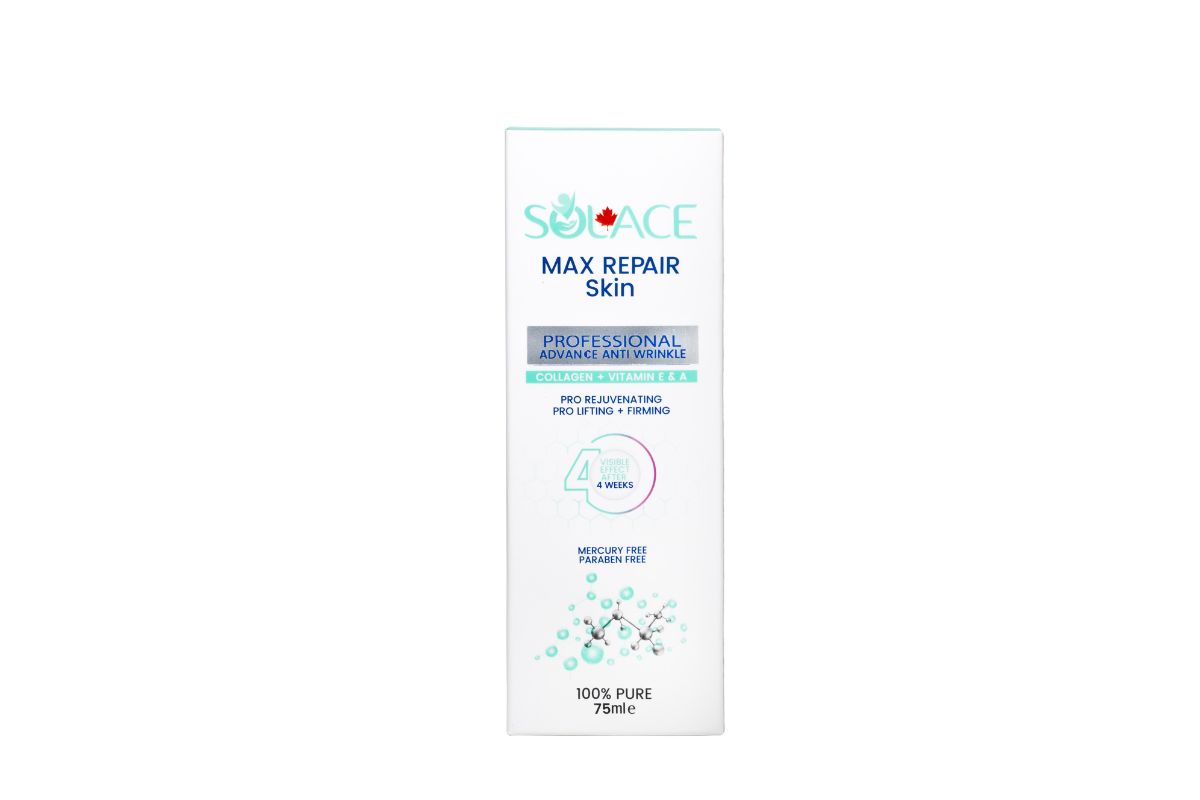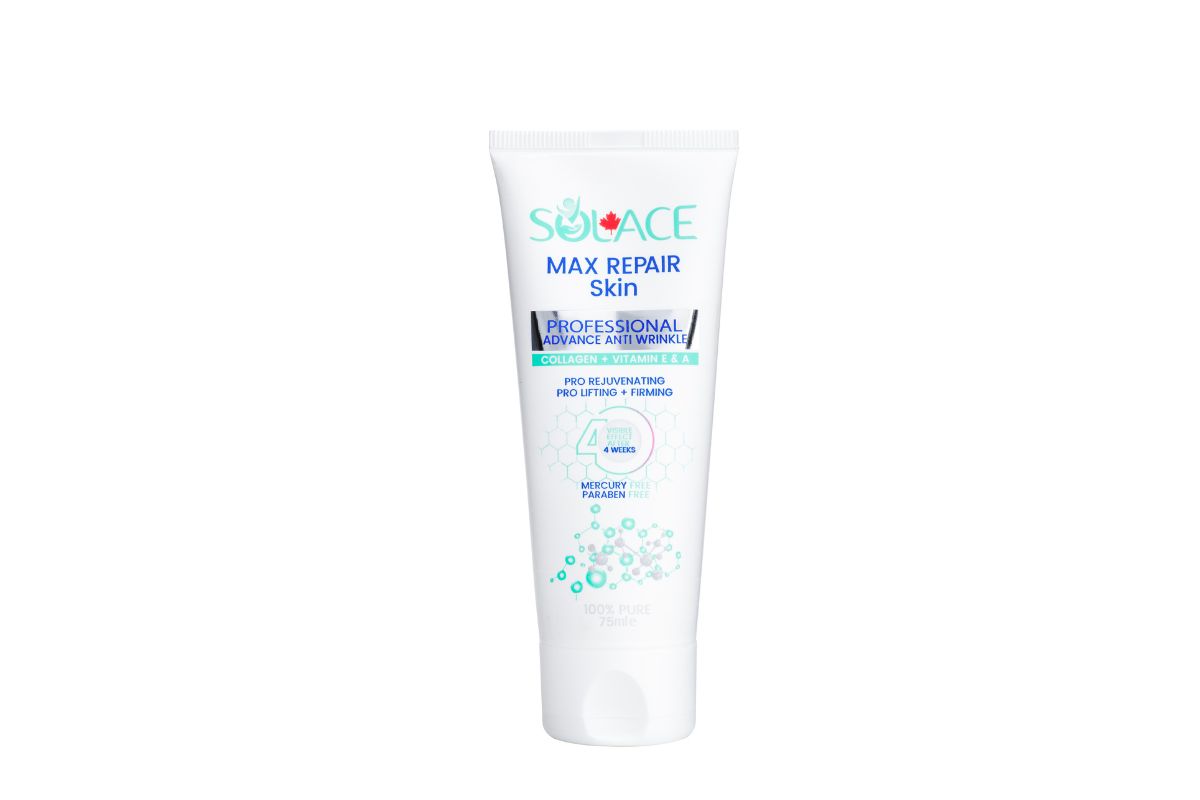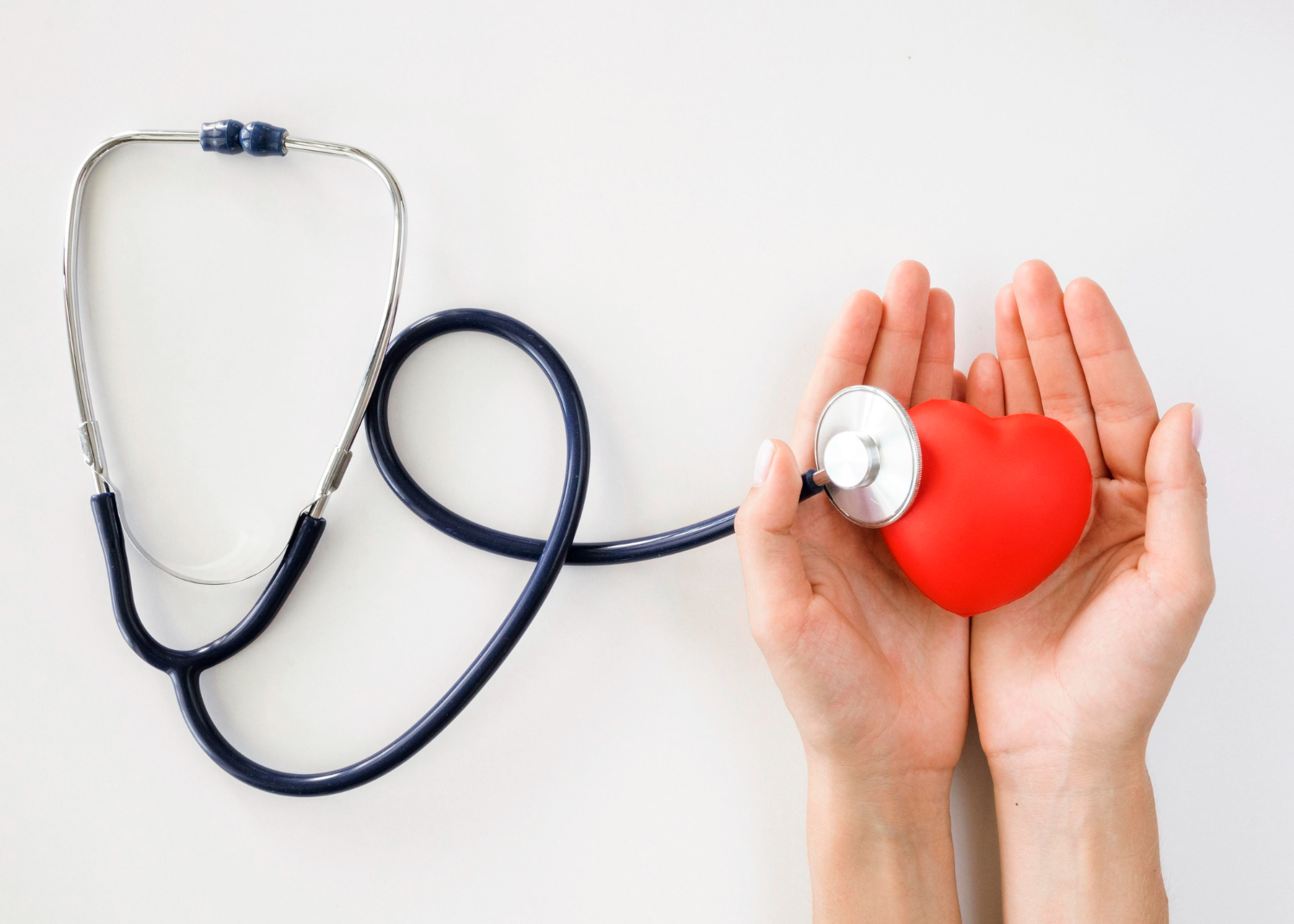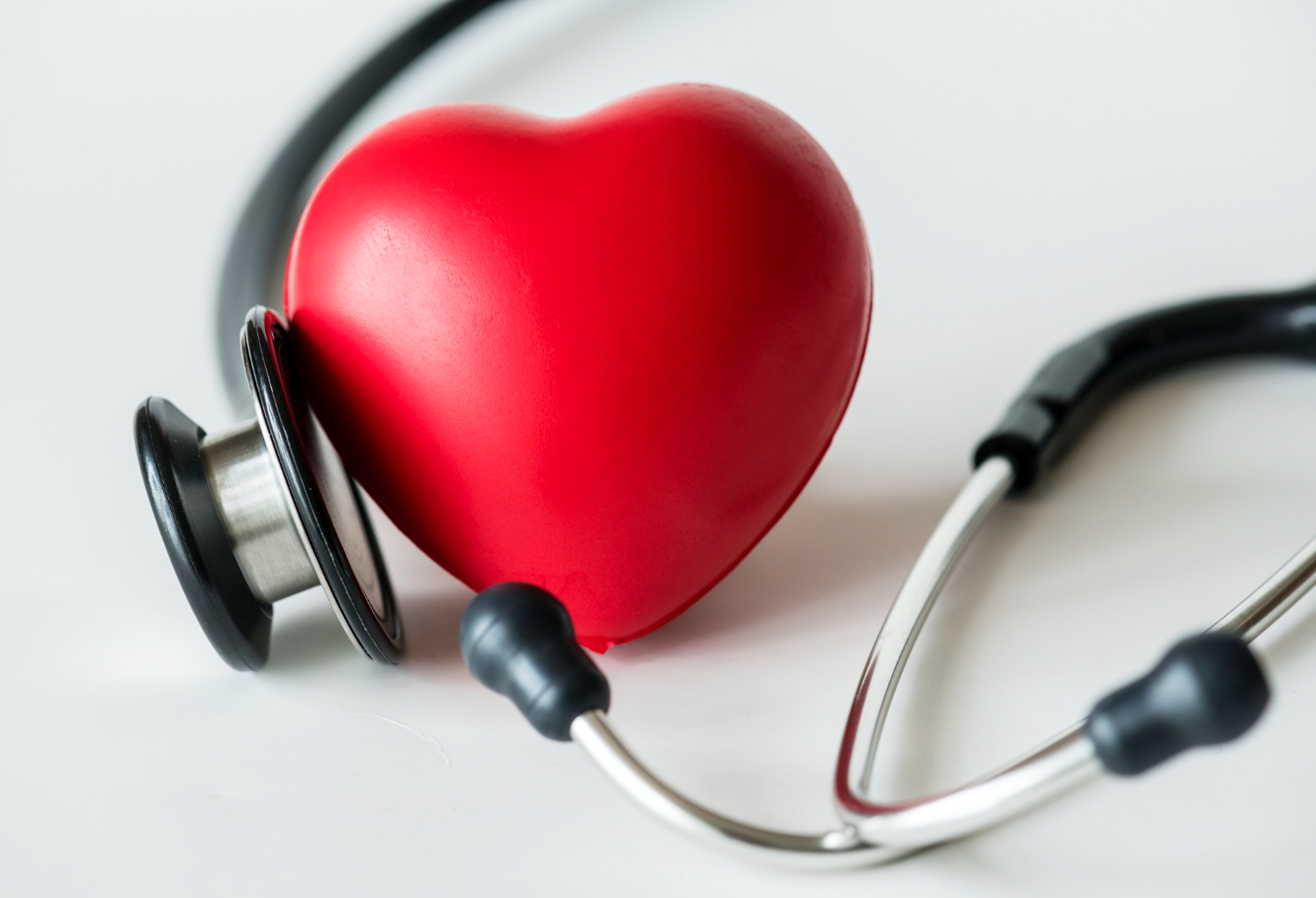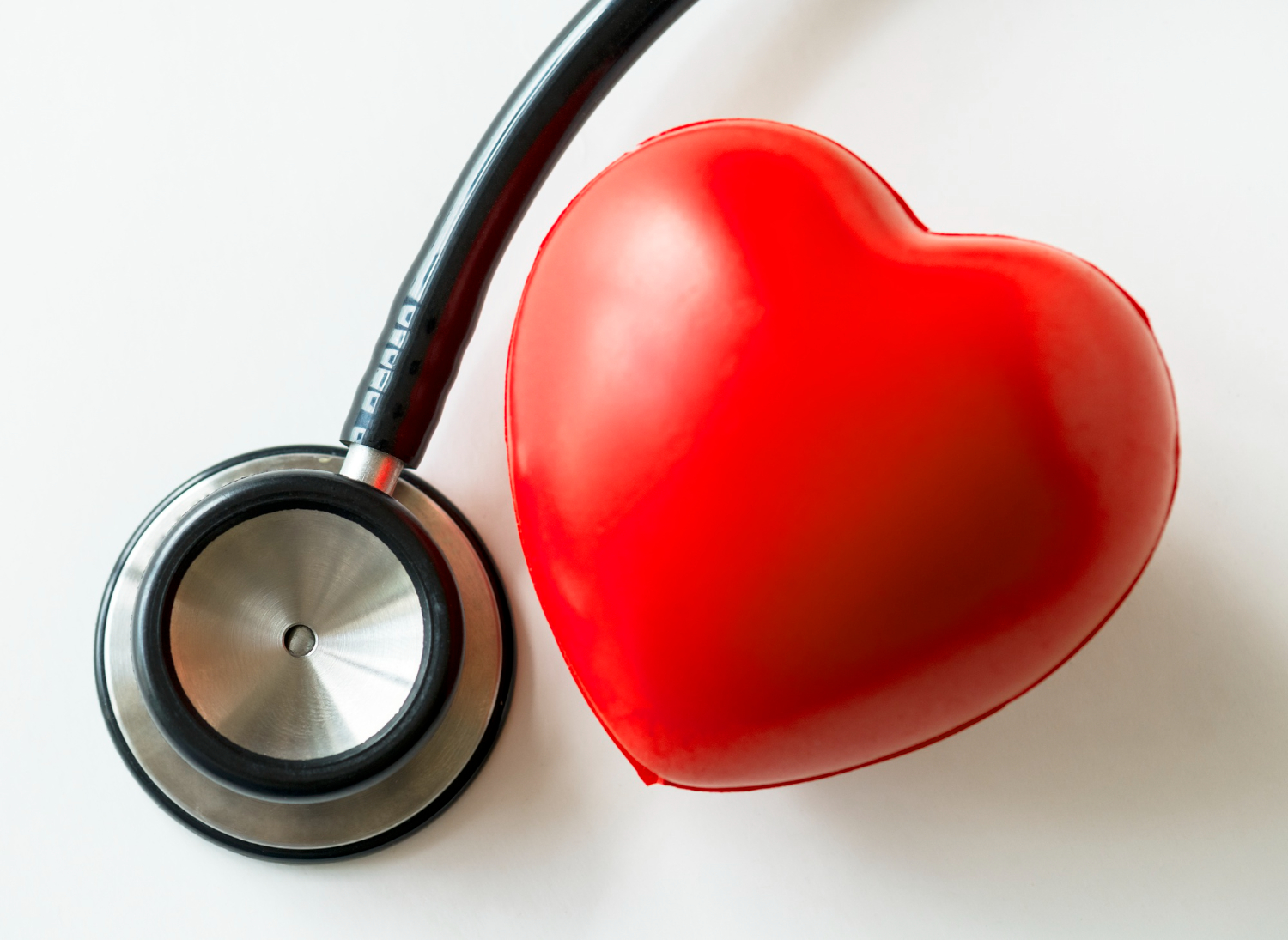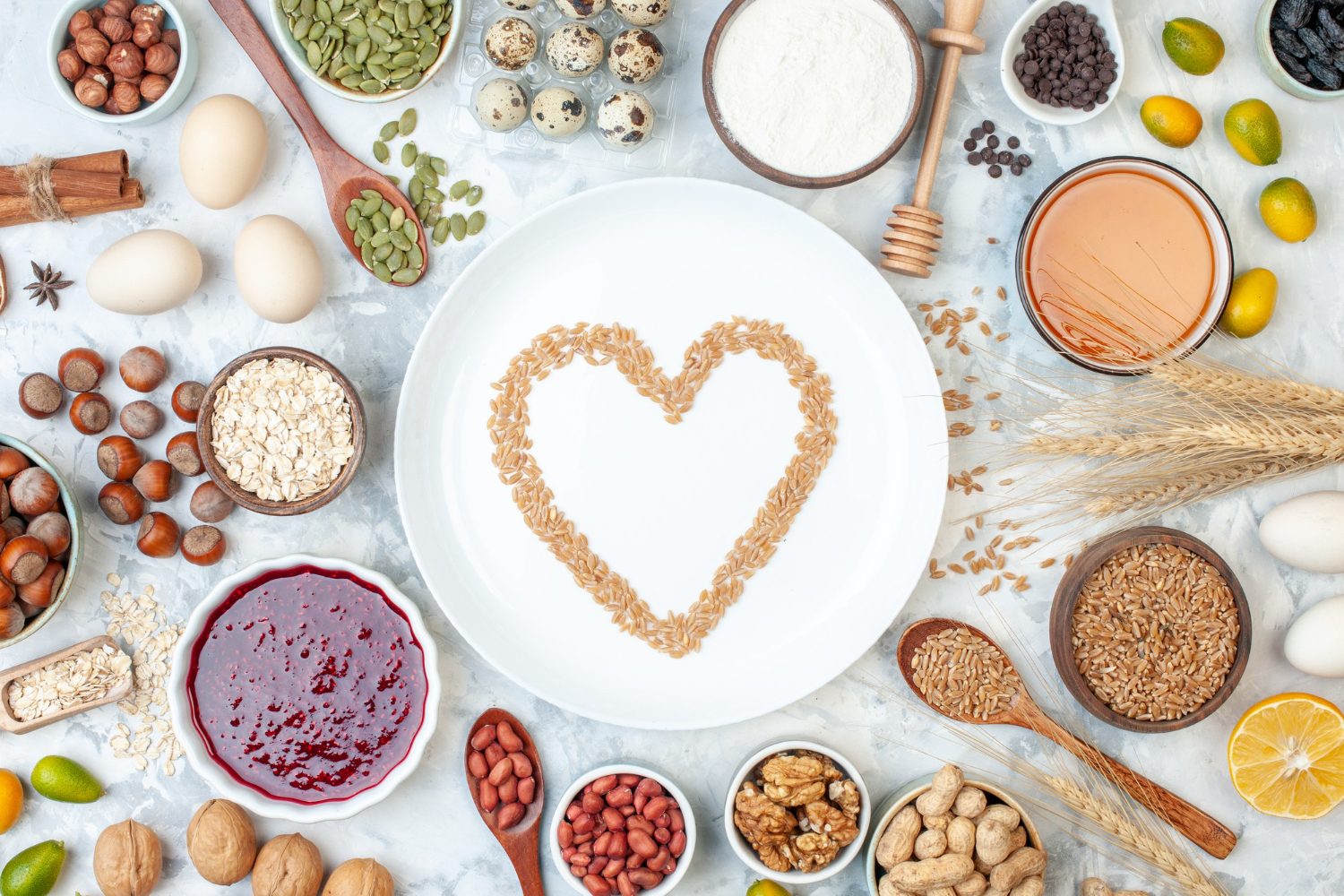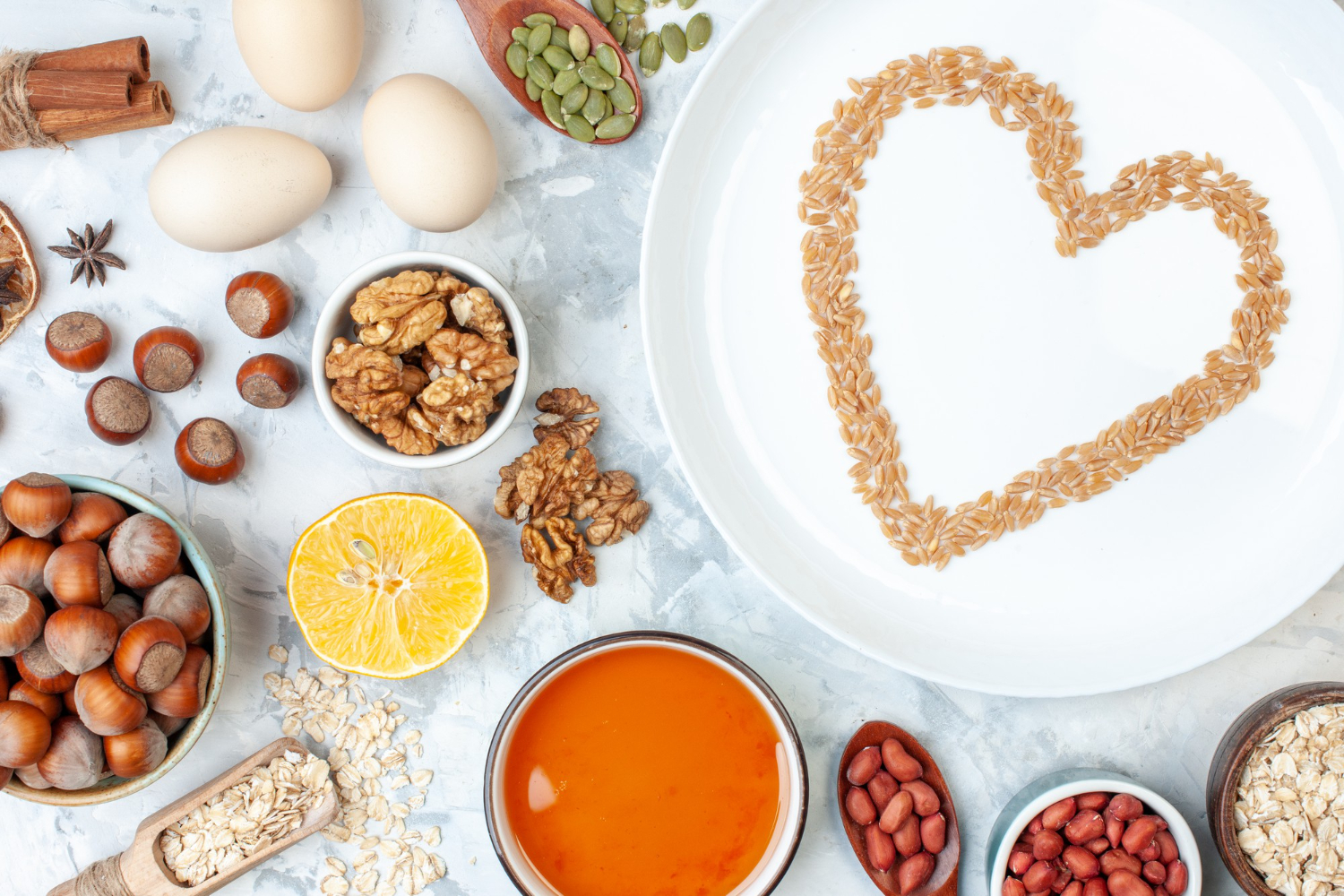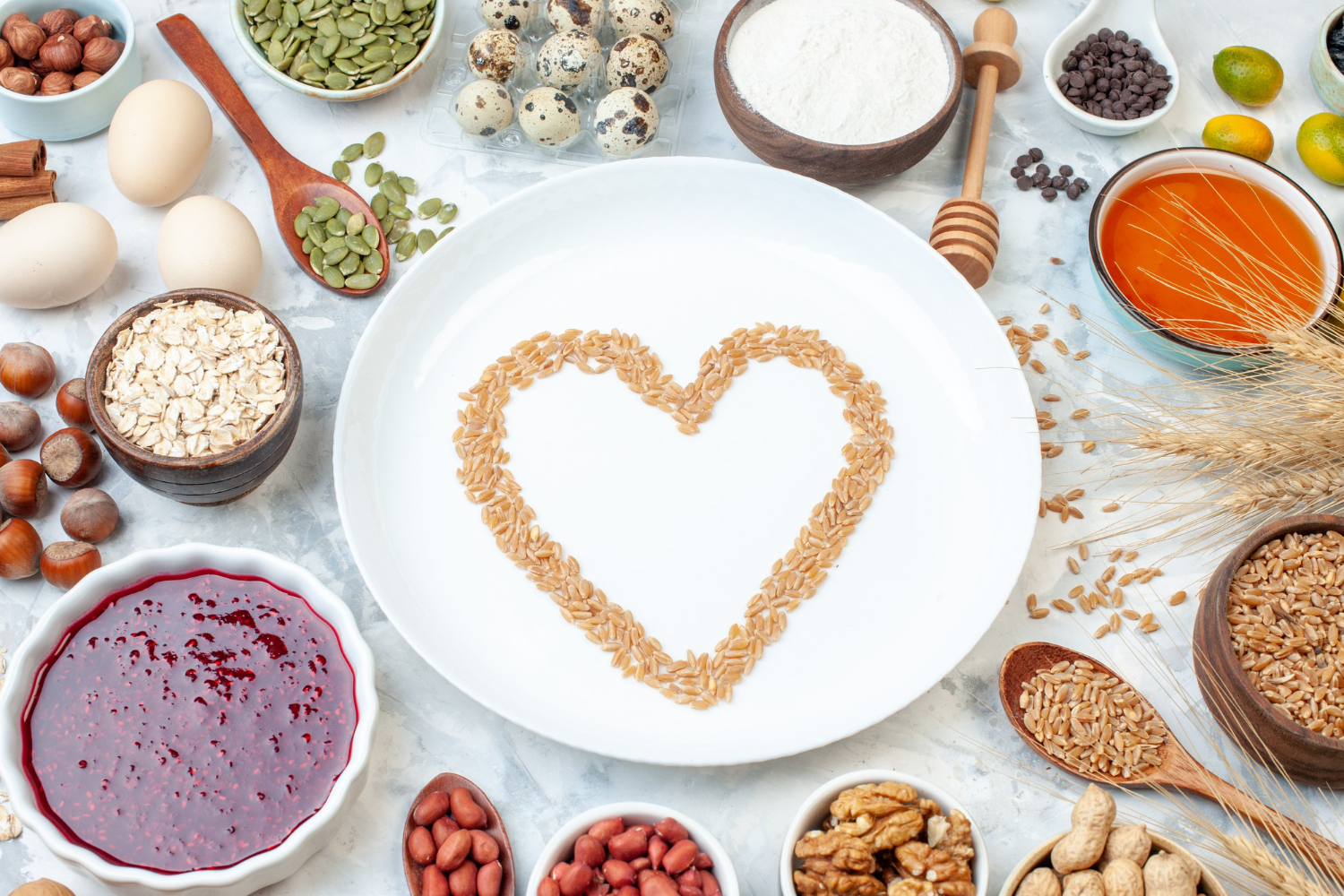Magic Anti-Spot Solace + [Miracle Dark Spot Corrector]
Magic Anti-Spot Solace: The Skincare Game-Changer
Sometimes, just a single glance in the mirror is enough to change your entire mood. Everything seems to be going well until suddenly, that stubborn dark spot appears on your cheek or forehead. Like an uninvited guest crashing a celebration, it steals the spotlight.
It’s a story many of us know all too well. Your skin was calm, but now your entire focus is on that new blemish. This time, however, things are different. Instead of hiding behind heavy makeup or phone filters, a true hero has arrived, Magic Anti-Spot by Solace. A formula designed not only to erase the marks of the past but also to protect the brightness of your skin’s future.
Why Do Dark Spots Appear?
Dark spots, or hyperpigmentation, result from a complex process in the skin. Melanin, the pigment responsible for our skin and hair color can sometimes be overproduced or distributed unevenly across the skin’s surface. This irregular build-up leads to patches that appear darker than the surrounding skin. But what causes this imbalance?
1- Sun Exposure & UV Rays
The leading culprit is sunlight. When the skin is exposed to UV radiation, melanocytes (pigment-producing cells) create more melanin as a defense mechanism. Normally, this process results in tanning. But prolonged or unprotected exposure leads to uneven melanin clusters, causing sunspots.
2- Hormonal Changes
Hormones like estrogen and progesterone can overstimulate melanocytes, particularly during pregnancy or when taking birth control pills. The result? Melasma commonly known as the “pregnancy mask” which often appears on the cheeks, forehead, and upper lip.
3- Aging Skin
With age, the skin’s regenerative processes slow down, and melanocytes lose their precision. This imbalance leads to brown patches known as age spots, most often visible on the face, hands, and sun-exposed areas.
4- Genetics
Some individuals are simply more prone to excess melanin production due to genetic predisposition, making their skin more susceptible to dark spots even with minimal triggers.
5- Inflammation & Skin Damage
Breakouts, burns, or even minor scratches can leave behind post-inflammatory hyperpigmentation. As the skin repairs itself, it sometimes produces excess melanin, leaving behind darker marks instead of an even tone.
6- Environmental & Lifestyle Factors
Pollution, smoking, chronic stress, and poor diet can all generate free radicals’ unstable molecules that accelerate aging and disrupt melanin regulation. Over time, these factors make skin more vulnerable to discoloration.
In short: dark spots are the result of a complex interplay between genetics, hormones, and environmental triggers. The good news? With advanced skincare science, products like Magic Anti-Spot Solace can interrupt this cycle and restore balance to your skin tone.
Introducing Magic Anti-Spot Solace
Now, let’s meet the true hero of this story.
Magic Anti-Spot is not your average cream, it’s a transformative formula for radiant, even-toned skin. Why? Because it works with a dual mechanism:
- Targets Existing Spots: Gently fades current discoloration, step by step.
- Prevents New Ones: Actively inhibits the formation of future spots.
That means it doesn’t just correct the past, it also safeguards the future.
Even better, Magic Anti-Spot by Solace is formulated for all skin types. Whether your skin is sensitive and fragile or prone to inflammation, this product is designed to deliver results safely and effectively.
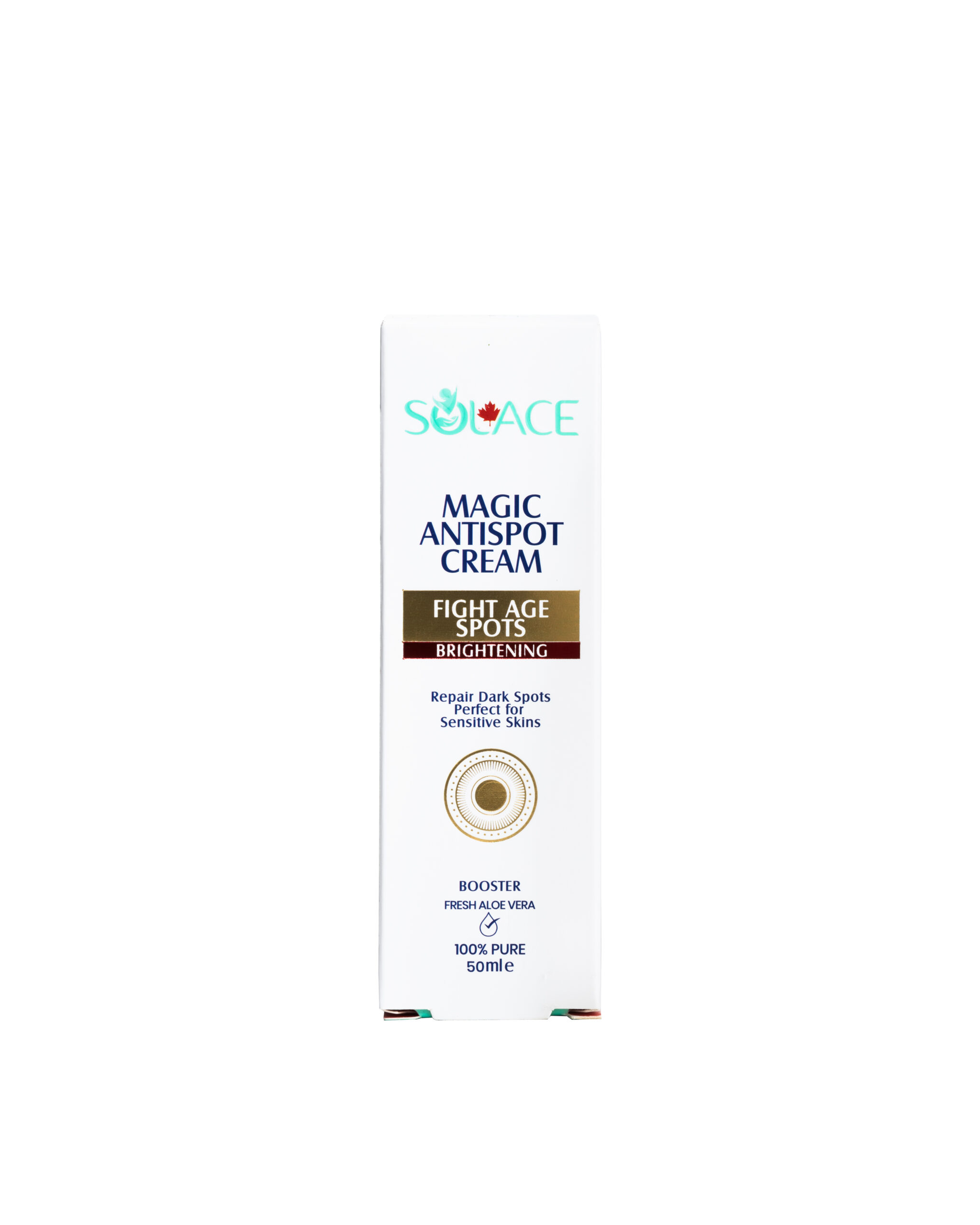
Key Benefits of Magic Anti-Spot
Think of Magic Anti-Spot as that reliable, all-in-one friend who always has your back. Its benefits go far beyond simple spot correction:
- Brightening & Evening Skin Tone: Smooths and harmonizes your complexion like a fresh, clean canvas.
- Fades Stubborn Spots: Targets everything from sun-induced discoloration to hormonal and age-related pigmentation.
- Protective Shield: Acts like armor against UV rays and environmental pollutants.
- Professional Hydration: Keeps your skin supple and refreshed without leaving any greasy residue.
- Gentle Anti-Aging: Softens fine lines, delivering a filter-like smoothness, but in real life.
- Instant Soothing Effect: After a long day under the sun or when skin feels irritated, it cools and calms like a refreshing drink on a hot day.
Hero Ingredients and Their Benefits
Behind every great hero stands a strong team. Magic Anti-Spot brings together some of nature’s most powerful allies to restore balance and radiance to your skin:
1- Alpha Arbutin
A powerful skin-brightening ingredient that helps inhibit melanin production. It reduces the appearance of dark spots and promotes a more even, radiant complexion.
2- Hyaluronic Acid
Deeply hydrates the skin by attracting and retaining moisture. It enhances softness, suppleness, and overall elasticity.
3- Vitamin A (Retinyl Palmitate)
Supports skin renewal and helps diminish the appearance of fine lines, wrinkles, and discoloration, leaving the skin looking fresh and youthful.
4- Vitamin E (Tocopheryl Acetate)
A potent antioxidant that protects the skin from environmental damage and harmful free radicals.
5- Licorice Root Extract
Helps brighten the skin, reduce hyperpigmentation, and soothe inflammation for a calmer, more even-toned complexion.
6- Almond Oil
Rich in vitamin E and essential fatty acids, it nourishes the skin, naturally brightens the complexion, and shields against urban pollution.
7- Calendula Extract
A renowned anti-inflammatory that supports wound healing, soothes acne flare-ups, and reduces redness or eczema symptoms.
8- Shea Butter
The legendary moisturizer. It reinforces the skin barrier, locks in hydration, and delivers long-lasting softness.
9- Urea
Provides gentle, non-irritating exfoliation. Smooths rough, dry patches and revitalizes tired skin.
10- Aloe Vera Extract
Known for its calming and hydrating properties, it reduces inflammation and accelerates recovery from burns or irritation.
11- Olive Oil
Packed with potent antioxidants, it fights free radicals, helps preserve skin elasticity, and keeps your skin firm and youthful.
Versatile Uses of Magic Anti-Spot
Magic Anti-Spot is not just a spot-correcting cream, it’s a daily companion in your skincare ritual:
- Prevents Darkening Around the Eyes: Gentle enough even for delicate areas.
- Flawless Makeup Base: Creates a smooth, even surface for foundation.
- Fades Post-Acne Marks & Scars: Helps erase unwanted reminders of past breakouts.
- Daily Environmental Defense: Shields skin against pollution and city smog.
- First-Aid for Minor Burns & Scratches: Always ready to calm and repair.
- Winter Protection: Prevents dryness and flakiness, keeping skin soft year-round.
- Day & Night Use: Acts as a shield during the day and supports overnight repair and regeneration.
Why Magic Anti-Spot Solace Is the Right Choice
Because it lets you feel completely at ease:
- Free from Parabens, Mercury, or Harsh Chemicals: Safe for long-term use without hidden risks.
- Natural & Safe Formulation: Powered by nature’s finest ingredients, without unnecessary additives.
- Dermatologist-Tested & Clinically Verified: Backed by science, not just marketing.
How to Use Magic Anti-Spot Correctly
Now, let’s get to the essential question: how do you use Magic Anti-Spot to see real results?
- Cleanse thoroughly: Think of clean skin as a blank canvas ready for art.
- Apply a small amount: Focus on the areas with dark spots, or spread a thin layer across the entire face (avoiding the eye area).
- Massage gently: Use your fingertips to help the formula absorb fully.
- Daytime routine: Always follow with sunscreen to maximize protection.
- Nighttime ritual: Apply before bed on freshly cleansed skin for overnight repair.
The secret to success? Consistency. Just like working out, one session won’t transform everything. But with regular use, the results will soon reflect back at you in the mirror.
Final Thoughts
Our skin is more than just a surface; it’s a diary that records the stories of our lives. Days spent under the sun, nights of laughter, stressful exams, sleepless evenings, every line, spot, and mark carries a memory. But do they have to stay forever, reminding us every time we look in the mirror? Absolutely not.
That’s exactly why Magic Anti-Spot by Solace was created for those moments when you decide to leave the past behind and give your skin a fresh start. Remember, dark spots are not the end of beauty. They’re simply the beginning of a new chapter, one where clarity and radiance return.
Solace stands by you in this journey like a loyal friend, a constant companion. Your skin deserves to be the best version of itself. And with Magic Anti-Spot, that best version is no longer a dream, it’s within reach.
References
The Benefits of Olive Oil for Skin Health
The benefits and use of urea in skin care
Almond Oil for Your Face: Benefits and How to Use
What Are the Health Benefits of Marigold Extract (Calendula)?


